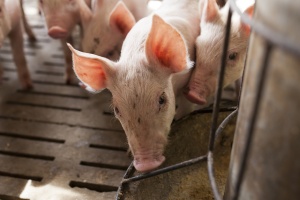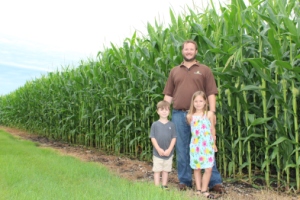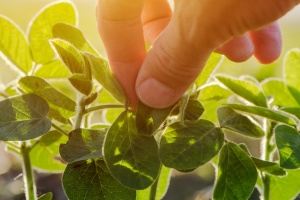The Basics of Precision Planting
We live in a fast-paced world, and farming is no exception. Within the last decade, technology has changed the way we farm allowing us to be proactive, more sustainable and make fast, data-driven decisions. Precision planting is just one of many ways farming has changed with technology.
What is Precision Farming?
What my Dad used to do with a pencil and paper, I do with data and screens. If you’ve ever heard the term “precision farming” and wonder what that means, think of it this way. An acre is about the size of a football field. We used to farm acre by acre, but today’s technology allows us to farm inch by inch and plant by plant. Instead of broadly looking at the impact of our actions on entire fields, we can see exactly what each individual plant needs and how it’s growing – that’s precision farming.
Precision in Action
With every pass through the field, the technology in our equipment, like planters and harvesters, is collecting data we can use to get to know every piece of our land and what our crops will need to thrive. We use that data to program our equipment to control a variety of things:
- Depth of seeds planted
- Number of seeds per acre
- Fertilizer only where needed
- Pesticides only where needed
During those passes through the field, we even have auto-steer driving many of our tractors. GPS technology can guide our tractors through the fields within an inch of accuracy, which is arguably better than we could do driving ourselves. I may not be steering, but I stay very busy monitoring the incoming data on monitors and the many moving parts in my equipment. Since I am constantly monitoring all of those things, I can catch a problem much sooner than we would have in the past and likely fix it before it becomes a bigger issue.
Farming looks a lot different than it did when I was growing up and riding in the tractor with my Dad, but our end goal hasn’t changed. We want to grow a healthy crop while being good stewards of our land, and precision planting has given us capabilities that help us achieve our goal.
Planting isn’t the only thing that’s changed about farming thanks to technology. Learn more about innovation in irrigation.











0 Comments